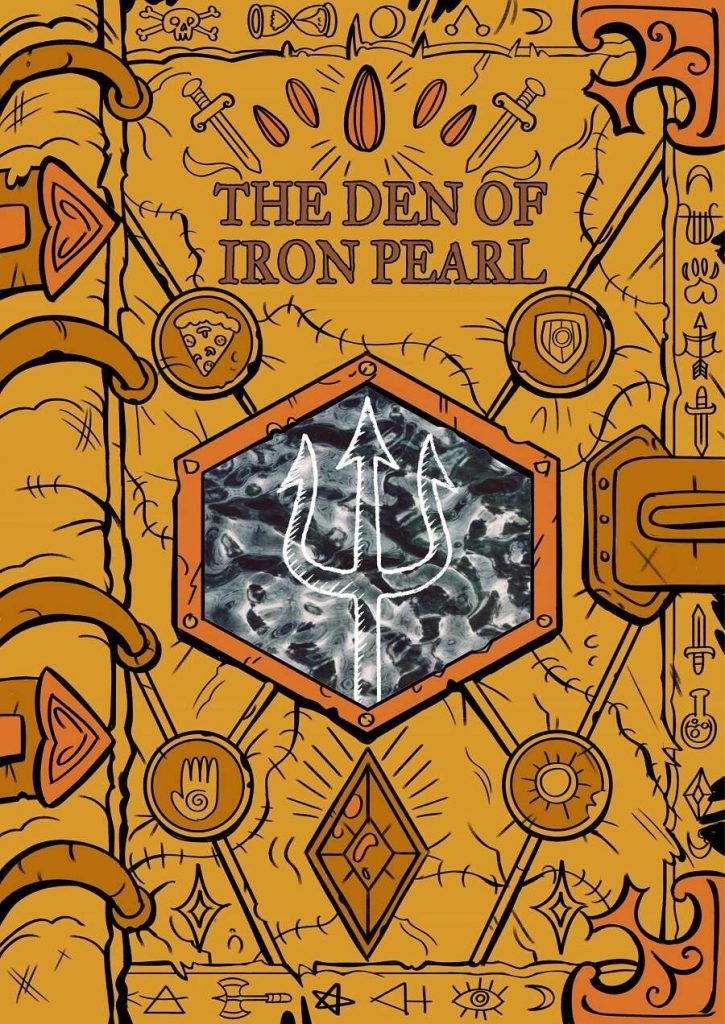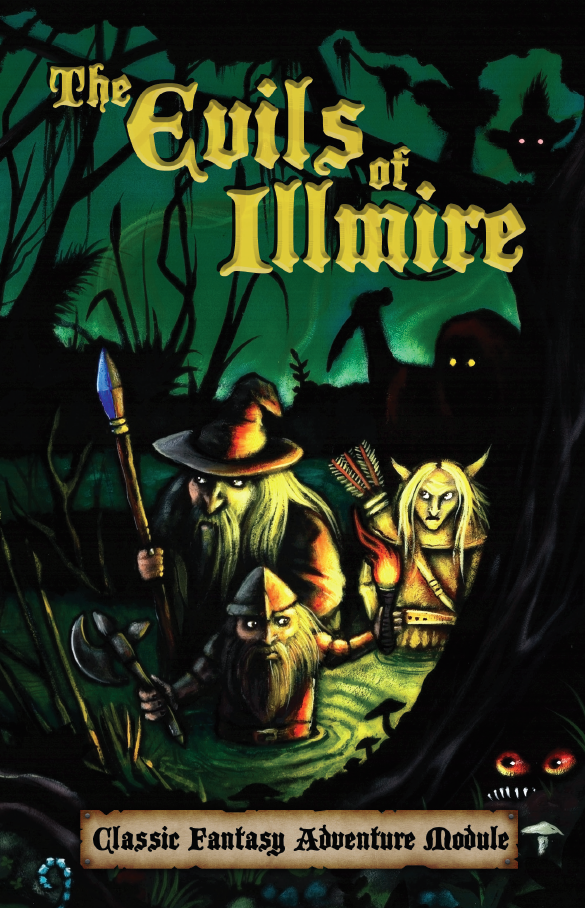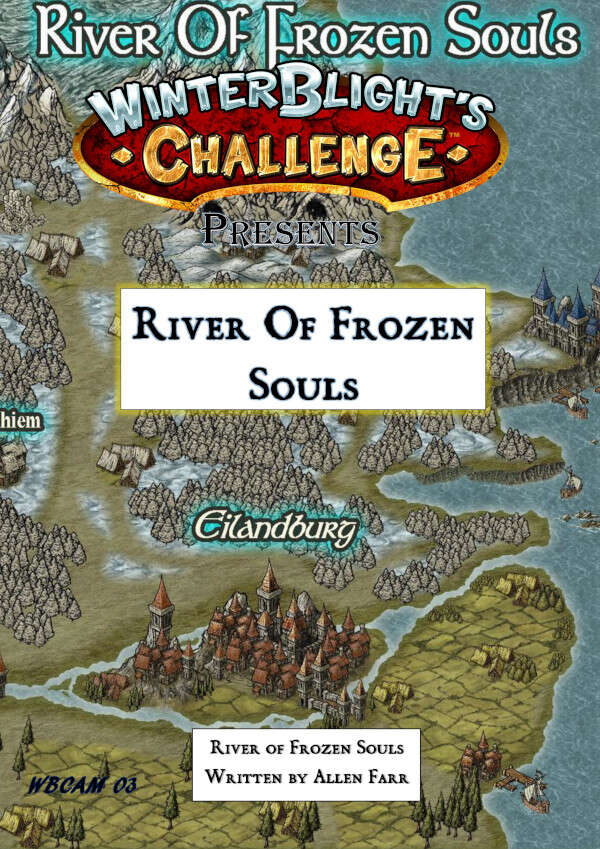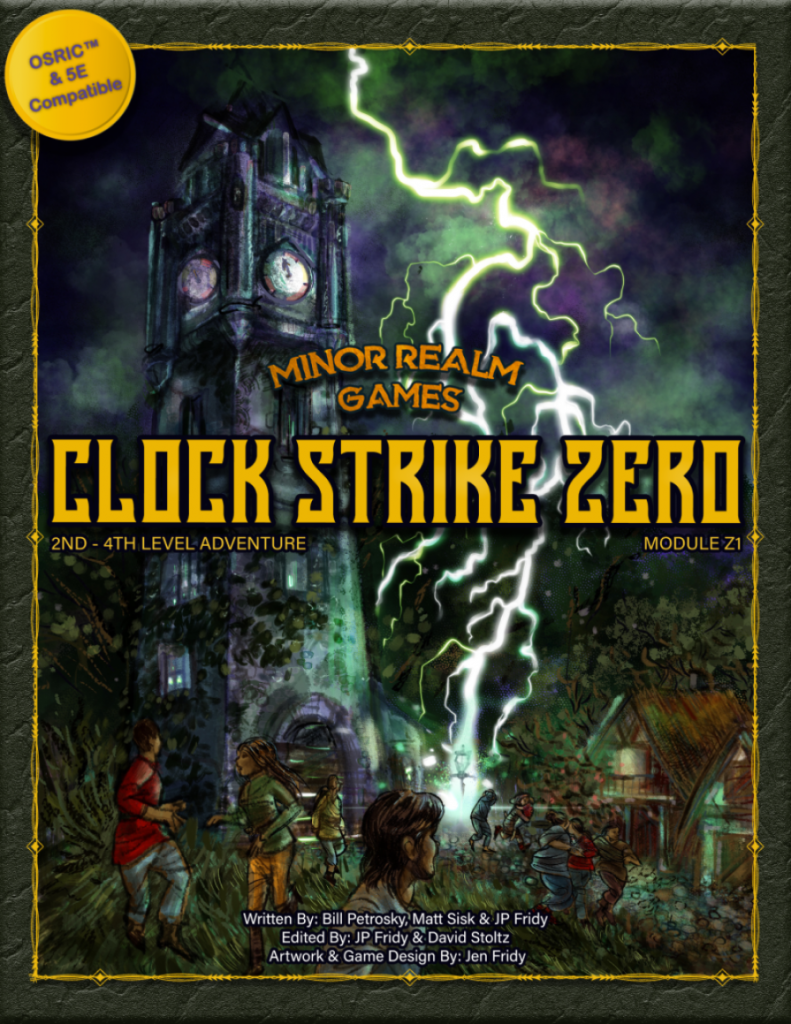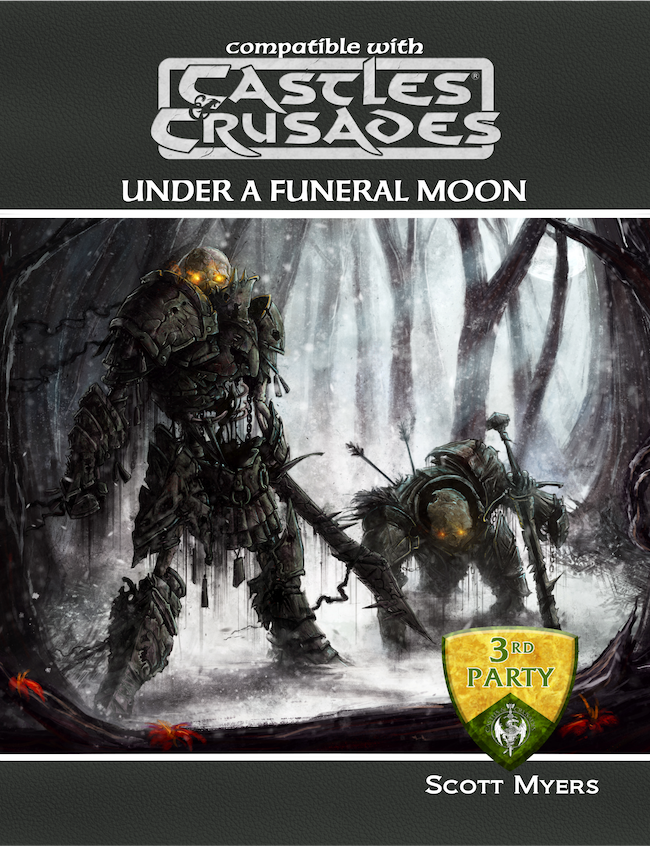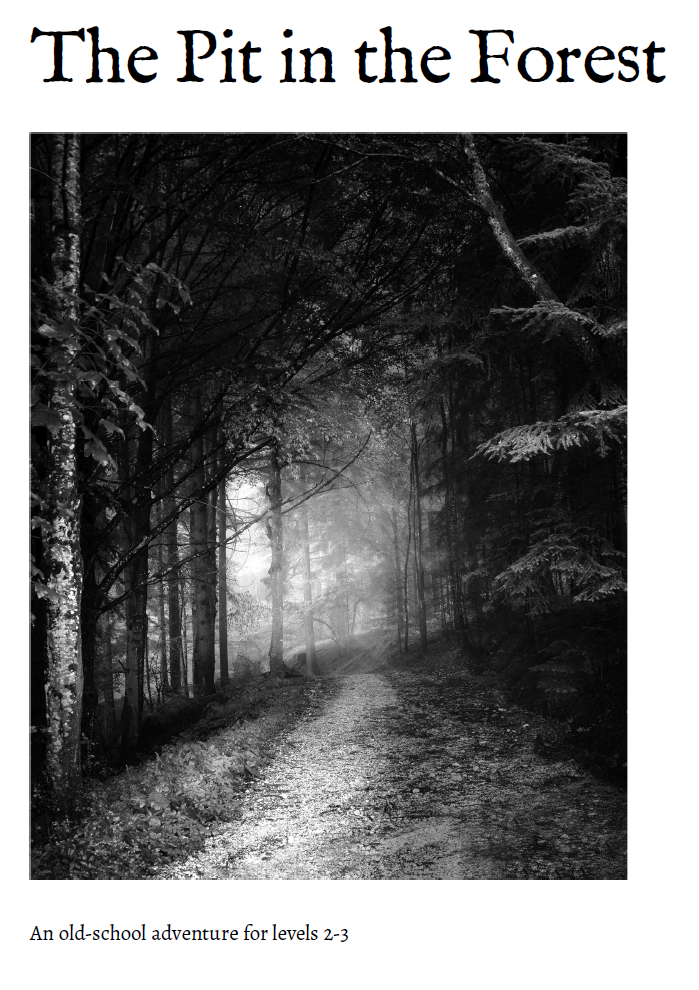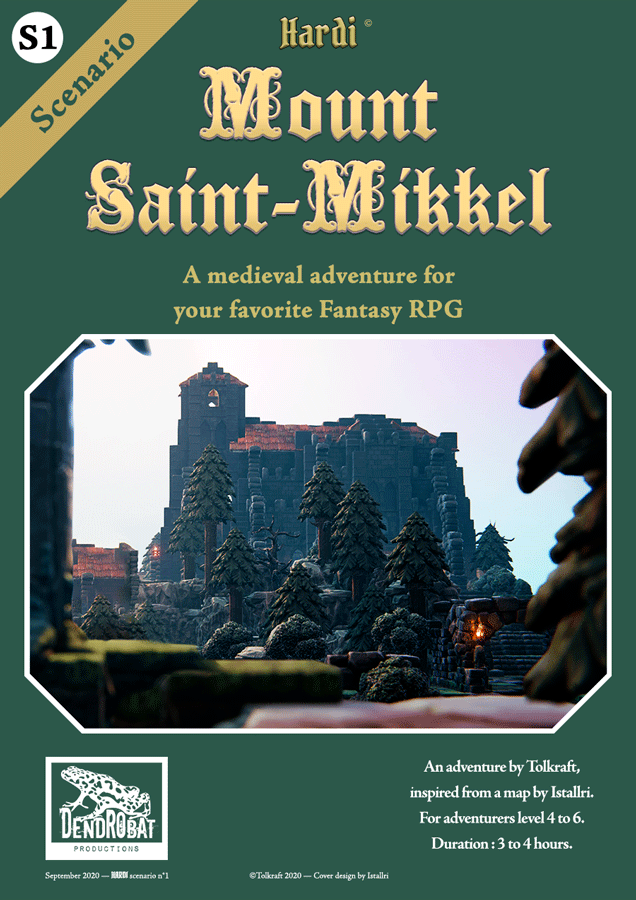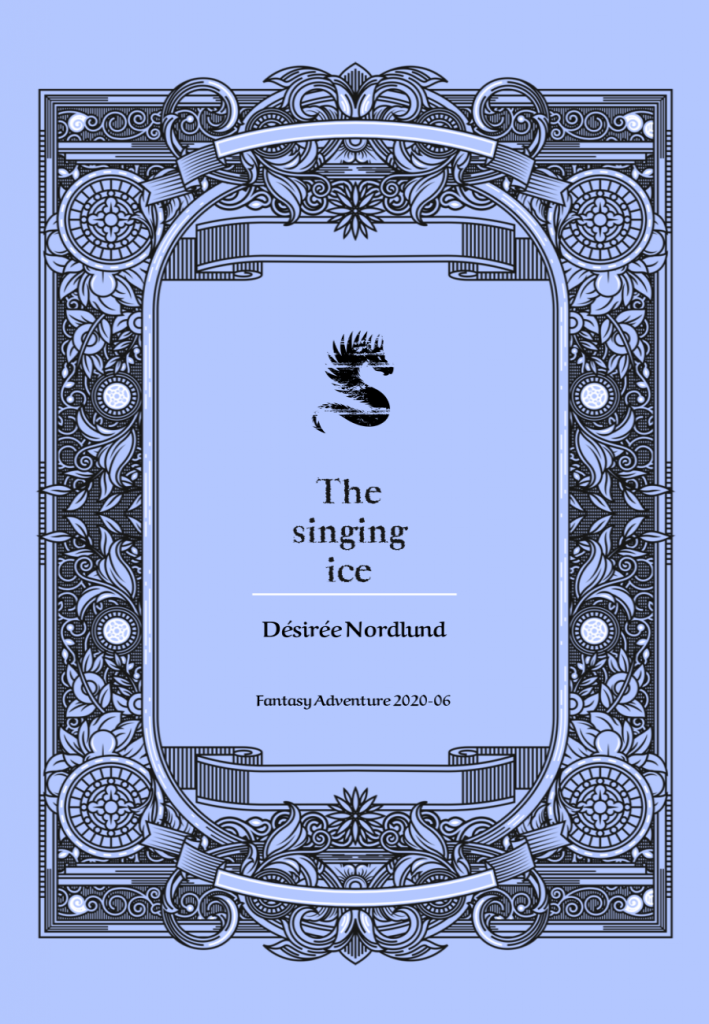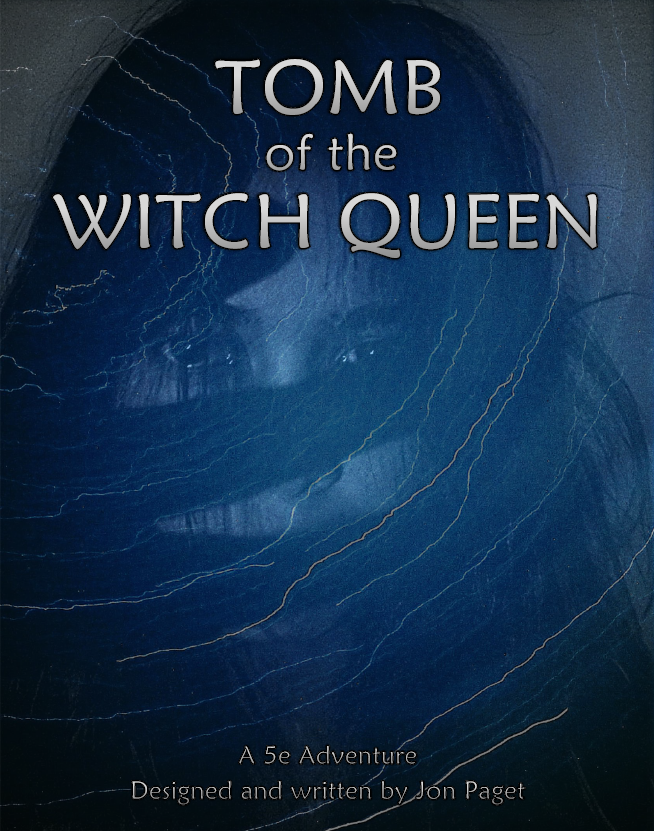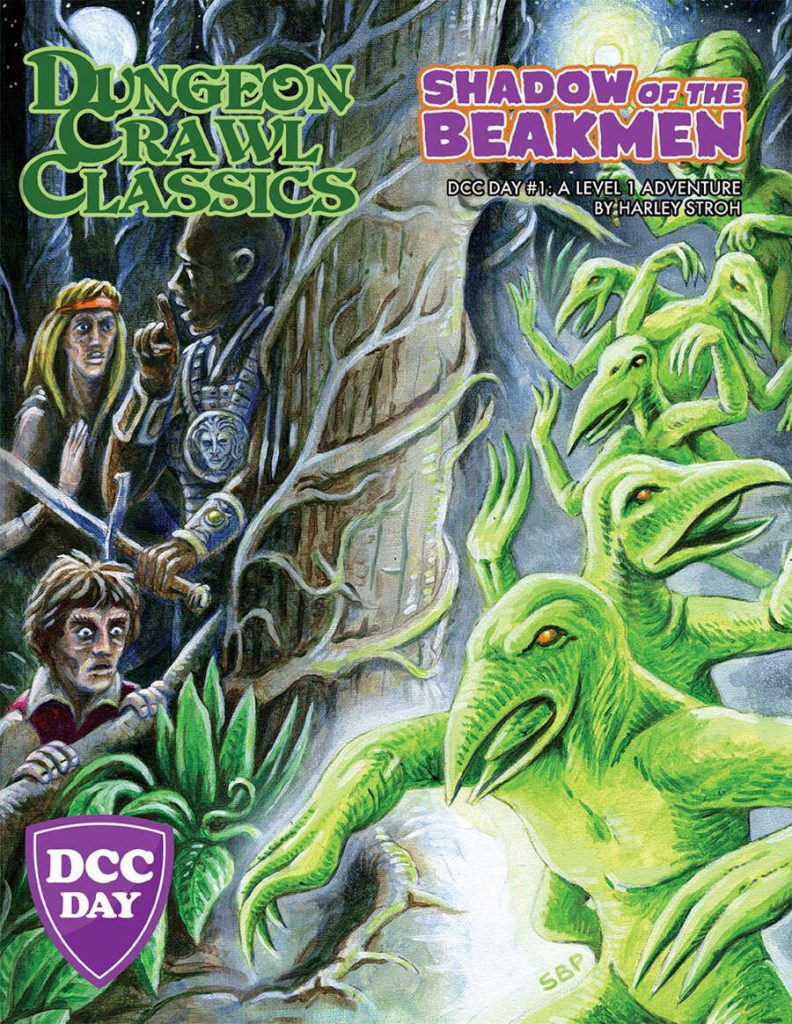
By Harley Stroh Goodman Games DCC Level 1
Towering obelisks stab the sky. Monstrous knights with blazing lances prowl the night. Huts burn, and entire villages are taken as slaves to be fed darksome pits. The cries of terror and panic give the horrors a name: the Beakmen have come. But you are no mere peasant or serf, cowering the in the dark. You and your companions are reavers, with bloodied blades and spells wrenched from the dreams of demons. You stride through chaos while others flee, turning your steps towards the great stone obelisk, the source of the beakmen and their alien magics. Whether for the cause of justice or merely to acquire these strange blazing weapons for you own, tonight there shall be an accounting: a blazing brand thrust into The Shadow of the Beakmen.
Well, Harley know how to write a fucking adventure!
This sixteen page adventure details about twelve encounters, mostly inside a beastman obelisk. Evocative & interactive, the adventure does a great job creating a feel in the DM that they can then translate to the players.
Harley knows how to write an adventure, both from an interactivity and from an evocative standpoint. Let’s look at the opening encounter: “A hellish light fills the night, as one of the huts is set aflame. Moments later, a silhouette staggers free of the smoke and fog, stumbling towards you through the mud.” Ok, so, hellish is a conclusion, but, note the scene it paints. Smoke. Fog. Stumbling. Silhouette. Aflame, with the strong strong smell of smoke that work evokes. Mud. That’s how you write a fucking description folks. And, the action implied. The potential energy. There’s no “What do you do?” explicitly stated because it just hangs there, looming over you. AIII!!! WHAT TO DO?!!? WHAT TO DO??!!? A shadowy figure stumbling out of a flaming hut. That’s a fucking classic and this encounter brings it. There’s this hanging moment. What do you do? That’s the soul of adventure. It puts the party in a situation and then begs for them to do something without actually begging. A little on the nose, for an example, but that’s why it makes a good example. 🙂 Harley is able to do this time and time again. He sets the mood and imbues it with potential energy.
Another encounter has the party seeing a short dude with a huge bulbous head. And 23 Beakmen. The numbers here are SO overwhelming. It’s not a fight, it’s a puzzle in the guise of a fight. Defeating the boss man leaves the minions helpless. More evidence? When you save that dude running out of the hut (assuming you do …) then he will become your Man at Arms. Fuck. Yeah! That’s a reward! That’s gratitude! That’s the sort of Actual Play character and game development that makes a campaign meaningful and personal to everyone involved. Doesn’t treat you like shit. Doesn’t ignore you. Rewards you with service. Gold is fleeting. Service? The players will remember that scene every time they interact with him. There’s this section, at the beginning, where you are moving through a village under attack by the Beakmen and their knights riding crocodiles (!) (Hmmm, Trog Knights on their lizard mounts from Darkness Beneath?) There’s a little table to help simulate the chaos of an ongoing attack through a village. It’s great! It’s exactly the sort of little idiosyncratic thing that a DM needs to help run this section … and so Harley provides it. Monsters get little flash cards with their stats on the back … more of that DCC specialness from Goodman Games! The map of the dungeon isn’t exactly linear, with a couple of choices to be made; it’s just enough that you get to pick your poison when exploring, while still heading towards your final destination room.
And sometimes that specialness gets in the way. The formatting could be better in places. Longer sections of italics don’t work well; they should use some other formatting technique that is easier on the eyes. Likewise they use an incomplete formatting style for the rooms. Treasure and monsters get offset by bolded headings, but the sun-sections of the rooms do not, causing you have to hunt for information as you run it. They could do better in that area.
Still, though, an excellent little DCC adventure and it does a great job recreating a kind of atmosphere thanks to the interactivity and writing of Stroh.
“The wide-mouthed, oval chamber is lit by a luminescent pool of glowing slime. Partially submerged in the ooze are dozens of large white sacs, seemingly spun from light. A low, dull hum can be heard, vibrating in your bones and the walls and floor.”
This is $6 at DriveThru. There’s no preview. Boo! BooI say Sir! Boo!
https://www.drivethrurpg.com/product/307225/DCC-Day-1-Shadow-of-the-Beakman?1892600

